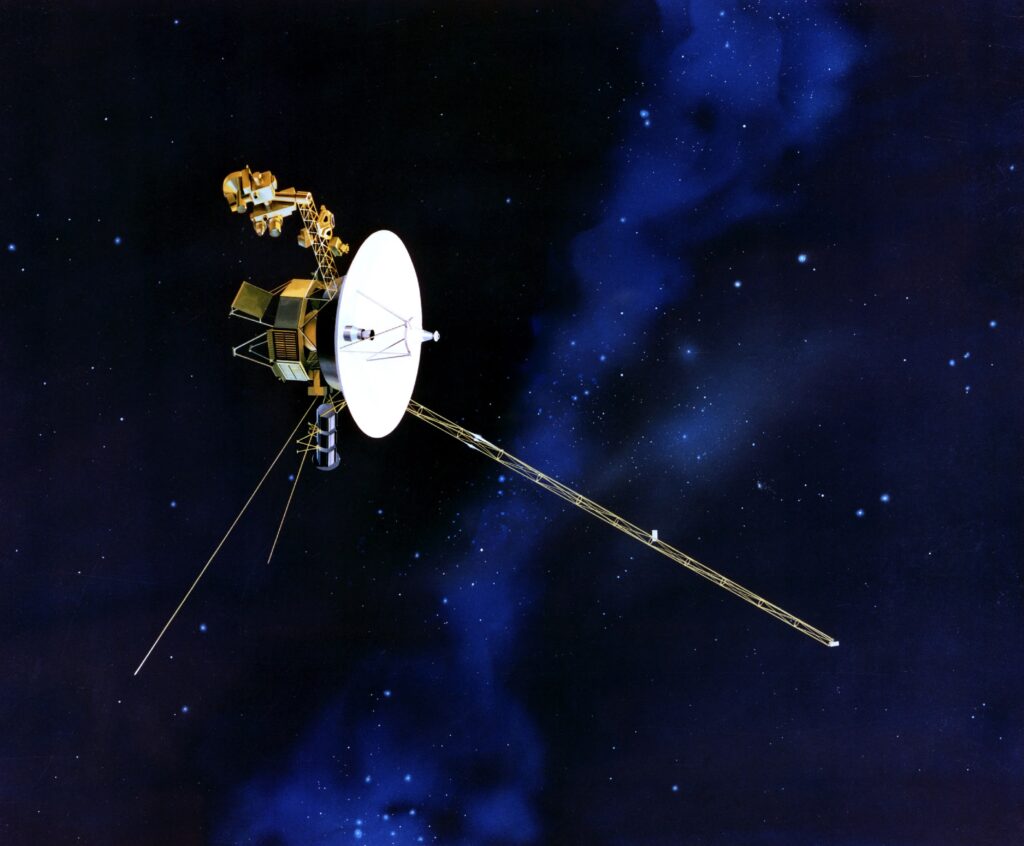The NASA Deep Space Communications Network (DSN) managed to intercept a signal from the Voyager 2 probe located in interstellar space. It confirms that the Earth messenger remains operational and continues to transmit information.

On July 21, 2023, NASA lost contact with Voyager 2. This was due to a set of commands passed to it, one of which turned out to be erroneous. After completing it, the spacecraft changed its orientation and its antenna deviated from the communication line with the Earth by two degrees. This turned out to be enough for Voyager 2 to lose the ability to both receive commands and transmit the collected information.
It is worth saying that Voyager 2 has a built-in fail-safe just in case of such a situation. The spacecraft is programmed to periodically “reset” its orientation so that its antenna always remains directed towards the Earth. The problem is that the next such reset will take place on October 15. So, the mission specialists would have to wait almost three months without being able to do anything, hoping that Voyager 2 would perform the actions it is programmed for.
In this situation, NASA decided to try to shorten the waiting period and use the Deep Space Communication Network to hear Voyager. A set of antennas in Canberra was used for this. This is the only station on Earth capable of maintaining communication with an apparatus located at a distance of almost 20 billion km.
Despite the fact that many experts had doubts about the success of the operation, DSN really managed to intercept the signal, the source of which was Voyager 2. It confirms that the Earth messenger remains operational and continues to transmit information.
NASA plans to continue the rescue operation. At the next stage, the complex in Canberra will begin transmitting Voyager 2 commands, which will have to restore their orientation. If the spacecraft hears the Earth, then it will be possible to restore constant communication with it in the near future. Otherwise, NASA will have to wait until October.
According to https://phys.org
Follow us on Twitter to get the most interesting space news in time
https://twitter.com/ust_magazine

